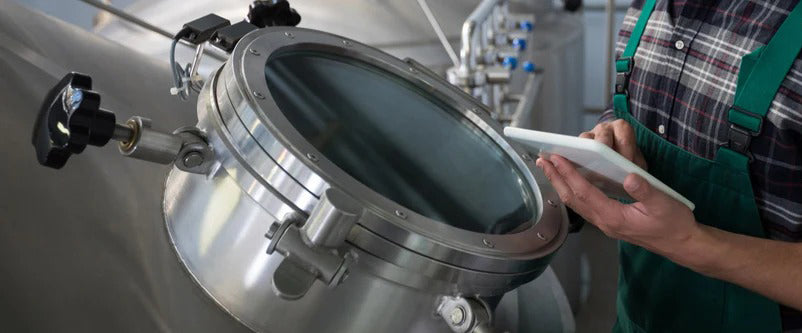There are a couple of reasons you may find yourself needing to know how to install a circular sight glass.
You may have recently installed a new pipe that requires a sight glass. Alternatively, you may need to replace an old one. Over time, your circular sight glass will become clouded, making it hard to see the water level in the pipe, or thin, which is a sign of an impending crack or break. Both are points at which you should replace the sight glass.
When installing a circular sight glass, you need to follow a procedure to ensure the glass doesn’t break and is set safely within its fittings.
In this article, we will explain what types of circular sight glass you can use, and how to safely install one.
What Are The Types Of Circular Sight Glass?
There are three main types of circular sight glass that we sell at Zight.
This type is made from tempered borosilicate glass. “Tempered” sight glass refers to the process of thermally treating the material so that it becomes stronger and more resilient. These are important qualities for a circular sight glass.
2. Zight Tempered Soda Lime Circular Sight Glasses
This type is made from tempered soda lime. It’s a less expensive option than a borosilicate sight glass and works just as well, providing it’s not exposed to food, drugs, chemicals, or temperatures above 300 degrees Fahrenheit.
Quartz sight glasses can withstand heat up to 1000 degrees F and thermal shock up to 280 degrees F. They’re quite a bit more expensive than tempered borosilicate or tempered lime soda sight glasses, but they hold up well in extreme applications.
The type you will need depends on factors like budget, application, and manufacturer requirements. Read the manual for your circular sight glass carefully to make sure you choose the correct replacement.
If you choose a borosilicate or lime soda glass, always look for glass that adheres to the DIN international standard for sight glass production, to ensure the highest safety and quality. At Zight, all our borosilicate and soda lime glasses adhere to DIN 7080. You can rely on them to stand up to their rated temperature and pressure limits for a long time without needing to be replaced.




